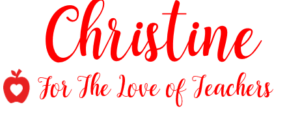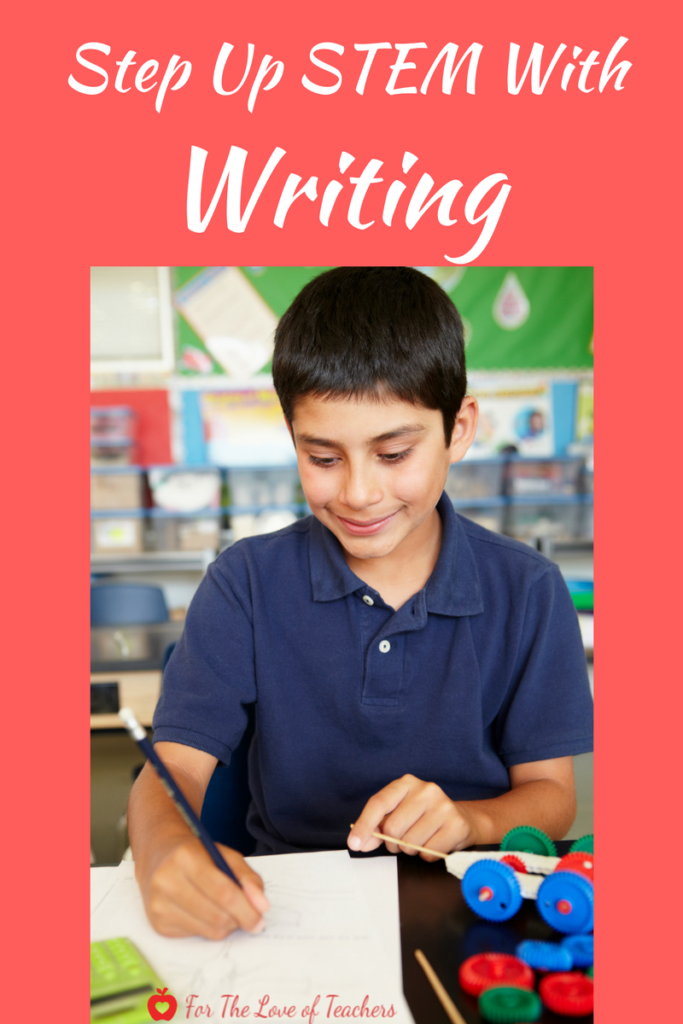STEM, an interdisciplinary approach to learning in science, technology, engineering, and math, is definitely trending in education. Preparing our students for jobs of the future and teaching in innovative ways has opened doors for students going into new professions. When I recently asked my 6 year old son what was his favorite subject in school, his response was writing. This came as a surprise to me because he doesn’t really write a lot at home for enjoyment. He’s not the type of kid to write stories, letters, or lists in his spare time. When I thought about this more, I came to the conclusion that he likes writing because he’s a big talker and a curious, little thinker. And writing is thinking.
In preparing students for the competitive job market, there is one skill that all students need to be successful no matter what profession they are in and that’s writing. Being able to write well with a clear articulation of one’s thoughts is critical for future success in all professions. So when we are teaching writing, we are teaching students the process of thinking. The transfer of thoughts from the brain to the hand, and on paper is truly an amazing process, which we as teachers need to help students develop further. So at the beginning of any STEM activity, I probe my students’ thinking.
Let it Rain! Let it Storm…How About a BRAINSTORM?
I ask my elementary students to brainstorm what types of jobs or professions do they think will exist in the future and why? Some students will still say policeman and fireman because we will always need services to keep us safe. Then there are doctors, who are needed to save lives, research cures for diseases and to treat people. There will always be a need for teachers because we need teachers to teach children in school. Most elementary students will name the most common professions in their community, not the professions in technology that we can’t even imagine might be in existence in the next 20-30 years.
Then I’ll probe further with professions related to the STEM acronym. Students brainstorm this in a small group jotting their ideas on this STEM organizer. What kinds of writing do you think scientists, engineers, and mathematicians have to do in their profession in order to be successful? Scientists write science experiments (procedures) journals, and articles. Engineers write plans, procedures, reports, and project descriptions. Mathematicians write word problems, answers, or solutions to problems. How about the Arts? Musicians write music lyrics and use expression and rhyme. Artists may write in words but express/write their thoughts and feelings with different tools, like with paintbrushes, crayons, or pencils.
Then we talk about technology and what technology is. Some students would say, “computers” or “video games.” I then show this video, What is Technology? for a better understanding of the concept, drawing a conclusion that technology is any tool that makes life easier or solves problems.
Writing is not just the act of pencil to paper in hand, but it is the process of thinking that is tedious for many writers. So how do we support writers who struggle with articulating their thoughts at a young age?
1. Model- Use the think-aloud strategy while modeling your own writing to show the process of articulating your thoughts aloud to students. Model your pre-writing and brainstorming. Model your ideas and thought process. Model every part of your thinking and writing process and how ideas begin to blend together.
2. Teach students how to pre-write and brainstorm and never, ever skip this step of writing. Many students will say that they don’t know what to write. I always respond with, “Where is your pre-writing? Where is your thinking?” They say, “Oh, I did not do that.” We must teach our students that writing is a process and that process takes time. Sometimes we do not produce a quality piece of writing for weeks or even months in the classroom. Trying, failing, and rethinking, and then trying some more in STEM is the same as in writing. The writing changes, evolves, and grows throughout the process. Kids love seeing how much their writing has changed from the beginning of the piece to the end of the piece. It’s even more rewarding when both teachers and students see how their writing has transformed from the beginning of the year to the end of the year.
3. Show good examples of writing from different professions. If you are an architect, a researcher, or a transformational leader, you’ll need to be able to clearly state your ideas and objectives to your colleagues. In order for your peers to engage in your ideas, you will need to be able to think and write creatively.
Teach Your Students to Be Practitioners
Be a Scientist– Have your students write in a science journal. This is a great way to keep a writing record of scientific processes. The journal could include notes, observations, sketches, diagrams, facts, and questions.
Be a Mathematician- My students and I love Khan Academy for this. Whatever we are learning in math, students would first independently solve the problem in their math journal, writing out their mathematical thought process step by step. Students then compare their mathematical thinking process with a small group of peers. Last, we watch the “mathematician” on video thinking aloud their mathematical process in solving. We always keep in mind that not all mathematicians solve in the same way, but it is so meaningful for the students to see the different processes mathematicians take to get to the solution.
Be an Engineer- Want to give your students a real challenge? Have your students create and design a stem challenge, a “design brief”, for their peers to complete. Groups could exchange stem challenges to complete what their peers have created. Check out these FANTASTIC, free STEM challenges from CEE Children’s Engineering Educators, LLC. They have a variety of STEM challenges (Design Brief), a writing component (Guided Portfolio), and a rubric. Love it!
For more about STEM and writing, Check out this interesting article, The Importance of Writing Skills in the Tech-Related Fields.
Visit For The Love of STEM webpage for other free resources for launching an Invention Convention in your classroom, my all-time favorite STEM project that incorporates a whole lot of writing.
How do you incorporate STEM and writing in your classroom?
Thanks for reading!


Christine Weis is a passionate educator, classroom management coach, wife, and mom of two busy boys. She enjoys teaching, writing, and creating resources for teachers.


 AI is transforming education! From lesson pla
AI is transforming education! From lesson pla



 Happy Saint Patrick’s Day!
Happy Saint Patrick’s Day! 
 New blog post!
New blog post!  Teaching about the
Teaching about the

 Classroom management hack
Classroom management hack 




I love stem education! Because it’s so rare especially in women, it’s great that it still exists.
Thanks for your comment!
This is such an interesting post. I always model writing for my class so that they know what a good one looks like.
Thank you for your feedback. I love modeling to my students too and getting their feedback. My best writing critics! ~Christine at For The Love of Teachers
I agree, it is extremely important to model writing for students. At the primary level, my students love to watch me write and help me sound out the words. They even love to finish my sentences for me! LOL Those cuties! As long as I keep my mini-lesson short, they truly are engaged when I write!
Thanks for your comment Lori! Your students are your biggest fans when you write…they are so encouraging and supportive. My students always made me feel so good about my writing.
Thanks for sharing!
~Christine at For The Love of Teachers